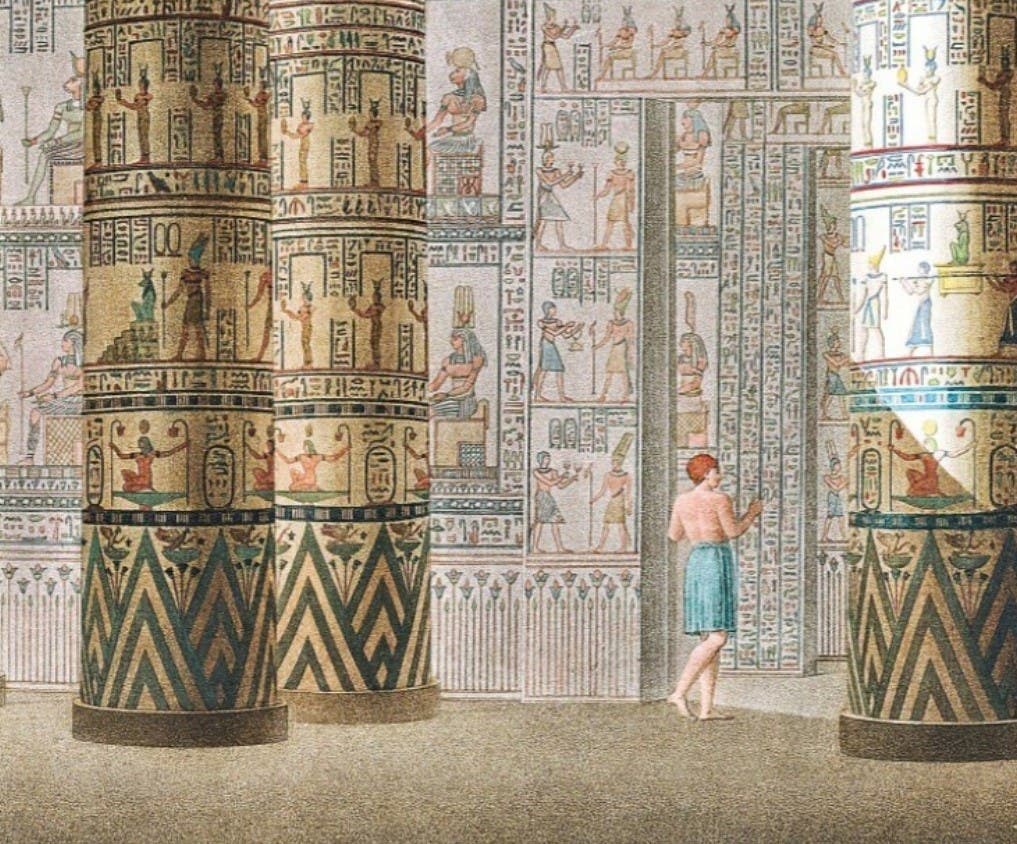The Search for the Ancient Suez Canal
One project that Napoleon failed to mention at the Institute’s inaugural meeting was an expedition to locate the ancient canal that used to link the Gulf of Suez with the Nile. Perhaps that is because Napoleon had his own designs on this endeavor. Napoleon hoped to build a canal from the Red Sea to the Mediterranean, following the path of such a canal that had been built in antiquity. If the canal could be reconstructed, the civil and military consequences would be enormous, effectively allowing France to monopolize trade with India.
First, the French engineers had to find the ancient canal. So in December 30, 1798, he gathered together a cadre of engineers and set off across the delta, with himself in the lead and with a considerable military escort. Napoleon knew that the ancient canal had been filled in long ago, but he reasoned that, even after a millennium, vestiges would be visible to engineers who knew about building canals and therefore knew what to look for. Napoleon himself was the first to find evidence of the ancient canal banks.
He left it to his chief civil engineer, Jacques-Marie Le Pére, to make a topographical survey of the Isthmus of Suez and come up with recommendations for the route of a new canal. Le Pére and his fellow engineers were able to follow and eventually trace the canal from the Red Sea all the way to the Nile. Le Père concluded that a new canal along the old route was entirely possible. Unfortunately, he also concluded, erroneously, that the Red Sea was 8.5 meters or 30 ft higher than the Mediterranean, making a working canal without locks impossible. (Sea level is the same, however, and when the Suez Canal opened in 1869, its route went through the isthmus at sea level, without locks.)
Napoleon’s other involvement in scientific activities was to lead an expedition to the pyramids at Giza in September of 1798. Accompanied by 200 soldiers to protect them from bandits, Napoleon and several of the Institute scientists climbed the Great Pyramid, and also visited the Great Sphinx. The whole Giza complex was shrouded in sand at that time, and the Sphinx itself was still buried up to its neck. The sand would not be cleared away until 1818.

